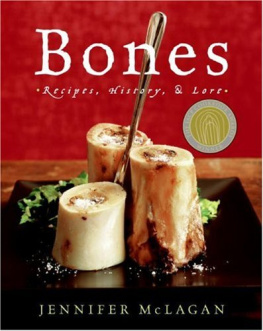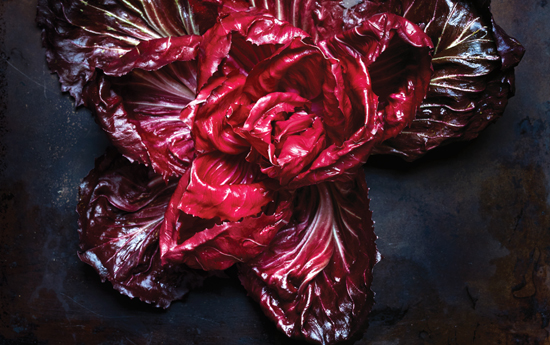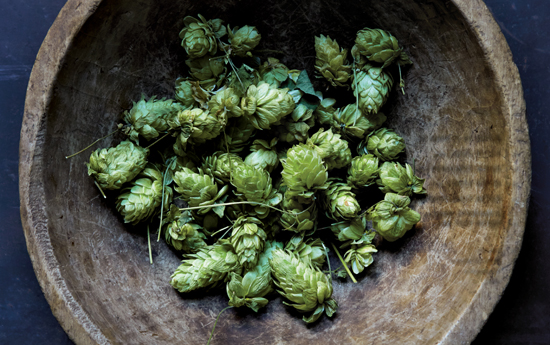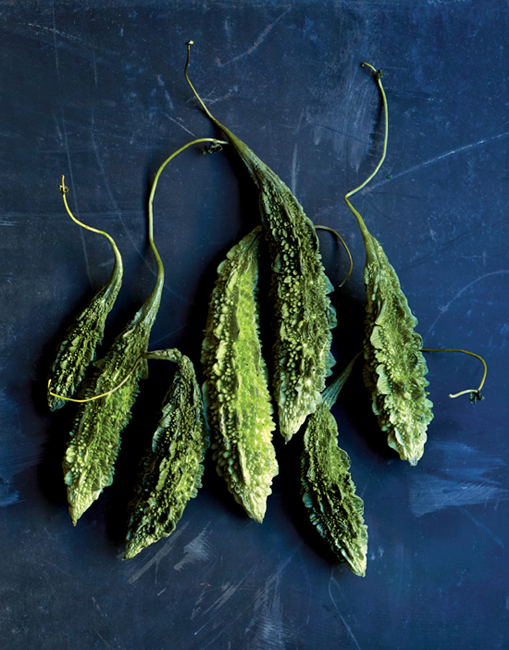Copyright 2014 by Jennifer McLagan
Photographs copyright 2014 by Aya Brackett
All rights reserved.
Published in the United States by Ten Speed Press, an imprint of the Crown Publishing Group, a division of Random House LLC, New York, a Penguin Random House Company.
www.crownpublishing.com
www.tenspeed.com
Ten Speed Press and the Ten Speed Press colophon are registered trademarks of Random House LLC.
Library of Congress Cataloging-in-Publication Data
McLagan, Jennifer.
Bitter : a taste of the worlds most dangerous flavor, with recipes / Jennifer McLagan ; photography by Aya Brackett.
pages cm
Includes bibliographical references and index.
1. Bitterness (Taste) 2. Cooking. I. Title.
TX546.M38 2014
664.07--dc23
2014023824
Hardcover ISBN: 978-1-60774-516-7
eBook ISBN: 978-1-60774-517-4
Food styling by Robyn Valarik
Prop styling by Amy Wilson
v3.1
Alas! What various tastes in food
Divide the human brotherhood!
HILAIRE BELLOC
A mans palate can, in time, become used to anything.
NAPOLEON
[Bitter] is a subdued edge, an acquired taste appreciated by adults.
KINFOLK MAGAZINE
FOR H,
THANKS FOR TRYING TO MAKE ME LOVE RUTABAGA.
CONTENTS
INTRODUCTION
Now, how it is we see some food for some,
Others for others
I will unfold, or wheretofore what to some
Is foul and bitter, yet the same to others
Can seem delectable to eat?
Lucretius
T his book began with a conversation about grapefruit, and how in the past they were bitter. My friend Laura, also a cookbook author, and I were lamenting the changes wrought to this wonderful fruit by marketing boards and the North American sweet tooth. When was the last time you tasted a proper bitter grapefruit with white flesh? For me, it has been years. The grapefruit of my childhood have been replaced with pink, sweet ones. Yes, todays grapefruit still has some acidity, but it has lost its bitterness and as a result is a fruit much less interesting to eat.
I grew up with bitter grapefruit. My mother conscientiously made me a three-course breakfast every morning before sending me off to school. This probably explains why today I avoid breakfast, drinking only a caf au lait in the morning. However, I fondly remember the grapefruit halves she served, prepared with a grapefruit knife. This specialized knife, serrated on both sides, is gently curved, allowing you to separate the grapefruit flesh from its pith and skin. Once done, you cut between the membranes, making the segments easily accessible to a small spoon. The natural bitterness of the grapefruits flesh was tempered with a light sprinkling of sugar and the ready-to-eat fruit was presented in a bowl.
When it comes to food tastes, we all speak in different tongues. People inhabit separate taste worlds. LINDA BARTOSHUK
Later, when I began cooking, grilled grapefruit was a popular starter in hotel restaurants; it was prepared as my mother had done it, but with all the pips removed and a shot or two of sherry added. Topped with a mixture of brown sugar and a little butter, the fruit was slipped under the broiler until the sugar caramelized. The result was the perfect balance of bitter and sweet to stimulate the appetite.
My experience with grapefruit gave me a positive attitude to bitter, and it became an important part of my flavor palate. As I explored the world of bitter food, citrus zests, turnips, rapini (broccoli raab), chicories (endives), and cardoons became some of my favorite tastes, and I found myself craving them. They were for me, as Lucretius said, delectable to eat, though other people found them foul and were unwilling to try them.
Every culinary choice we make defines who we arenot just to ourselves, but also to others. SYBIL KAPOOR
A reluctance to eat bitter foods is understandable, as we all have an innate aversion to bitter tastes. Our tongues are covered in taste buds that are very adept in detecting even the smallest traces of bitterness. This is a natural defense system to protect us: many poisons are bitter, so our response when tasting something very bitter is to grimace and often to spit it out. This reaction is strongest in babies, as small amounts of toxins can kill them. As we age, we lose taste buds, and we also learn that not all bitter foods will kill us. In fact, we realize that many bitter foods, like coffee, bitter alcohols, and chocolate, stimulate our nervous system in ways we enjoy, so we actively seek them out. Over time we have also discovered that many bitter foods contain compounds that can protect us against illness, and positively influence our health.
So does it matter if we avoid bitter? Absolutely yes! Bitterness is a double-edged sword: it signals toxic and dangerous, but it can also be pleasurable and beneficial. In the kitchen, eschewing bitter is like cooking without salt, or eating without looking. Without bitterness we lose a way to balance sweetness, and by rejecting it we limit our range of flavors. Food without bitterness lacks depth and complexity.
Looking around, I can see that interest in bitter is on the rise. Its returning to the drink world, with a growing interest in cocktails containing bitters; a good Manhattan is impossible without them, and bitter alcohols, like European aperitifs and Italian amaros, are becoming popular. Bitterness is slowly making its way into the North American culinary consciousness, too. The last decade or so has seen a huge increase in the popularity of bitter lettuces, beginning with mesclun mix; now bitter greens like arugula, dandelion, radicchio, and frise are common in restaurants. Alongside these lettuces, vegetables like brussels sprouts, turnips, and white asparagus, all of which have a bitter edge, are appearing frequently on menus. Chefs are highlighting the bitter components of nuts and fruits like walnuts and citrus, and bitterness is an important part of the flavor profile of quality olive oils. The makers of craft beer exploit the bitterness of hops, while artisanal chocolate makers create bitter chocolate bars with higher and higher cacao content. Surely the time is right, I decided, to champion the use of bitter in the kitchen.
First I would have to define bitter. I thought that would be easy until I actually tried to do it. When I discussed the taste of bitter with others, I realized that what I think of as bitter is not necessarily bitter for other people. Some even argued that grapefruit, which were the spark for this book, arent even bitter: theyre simply sour. Perhaps these people had never eaten a white grapefruit? Or was it a tougher problem than that? Was it possible to pin down the taste of bitter?











